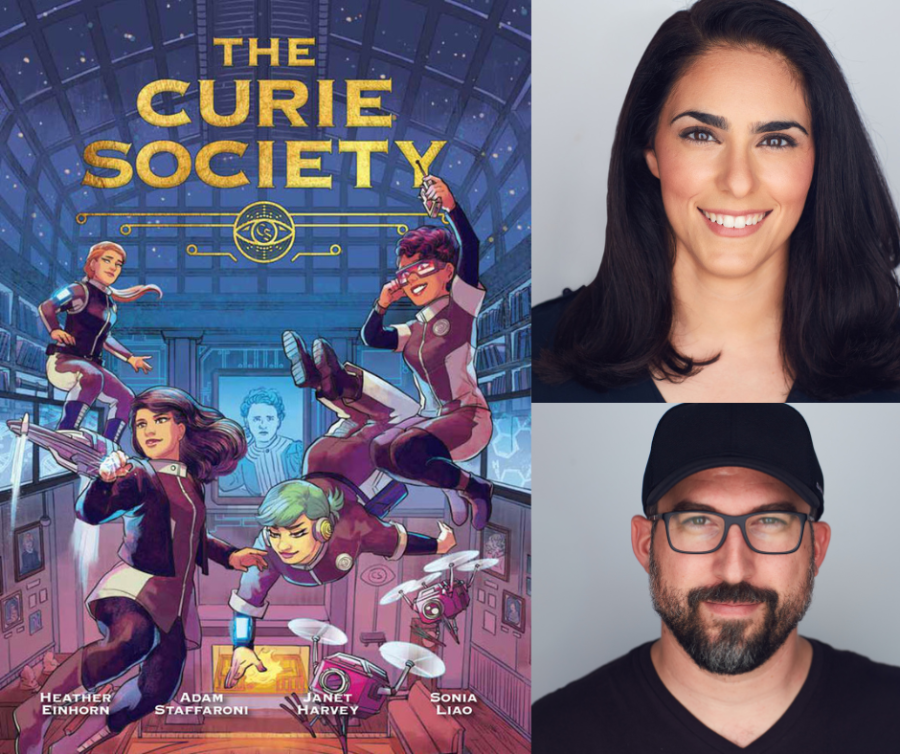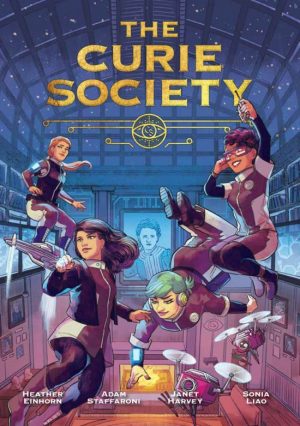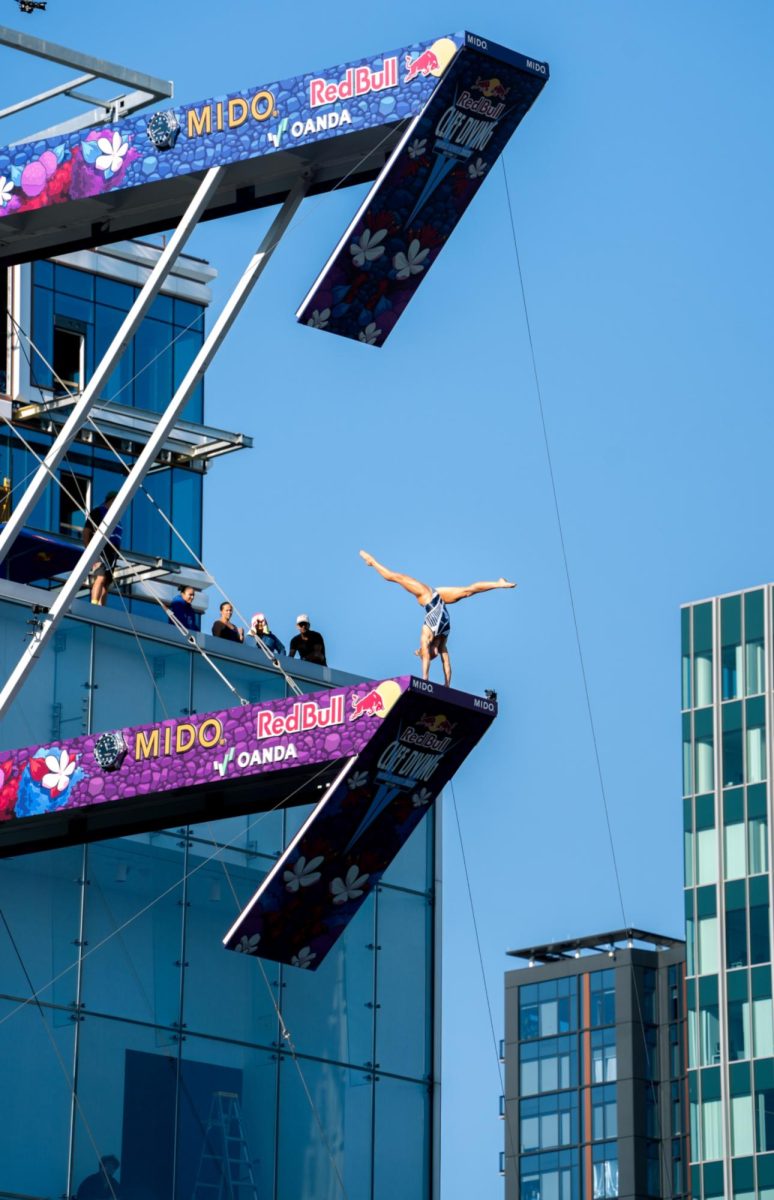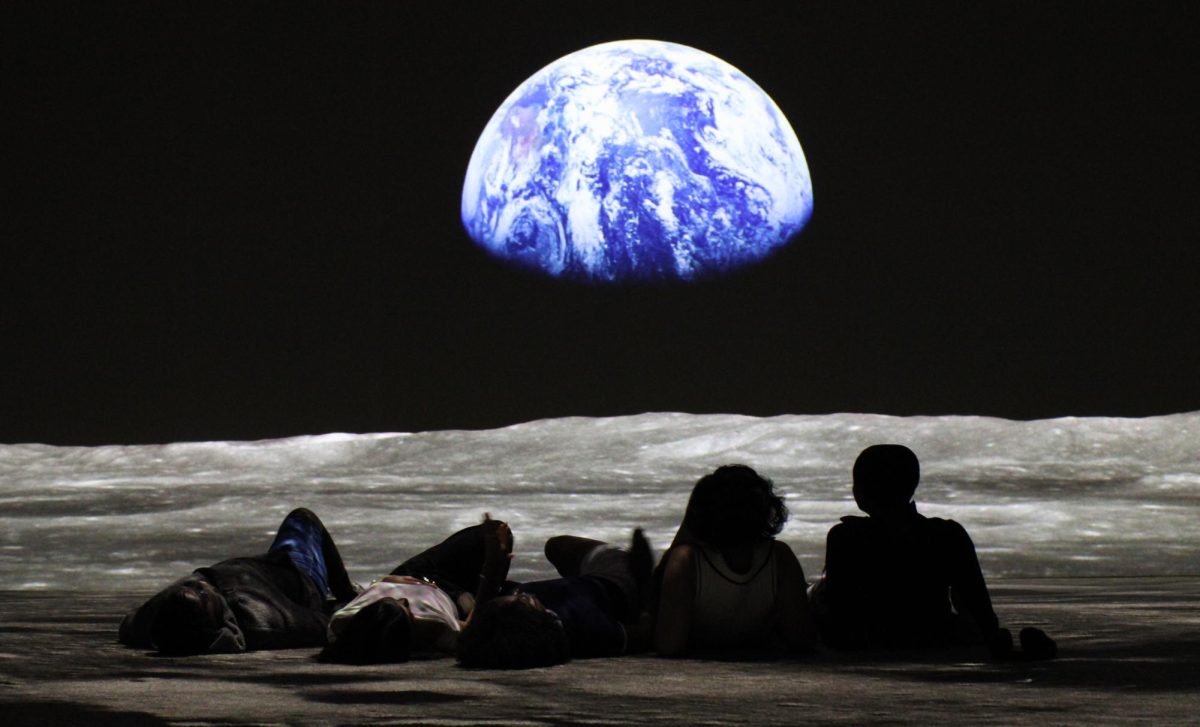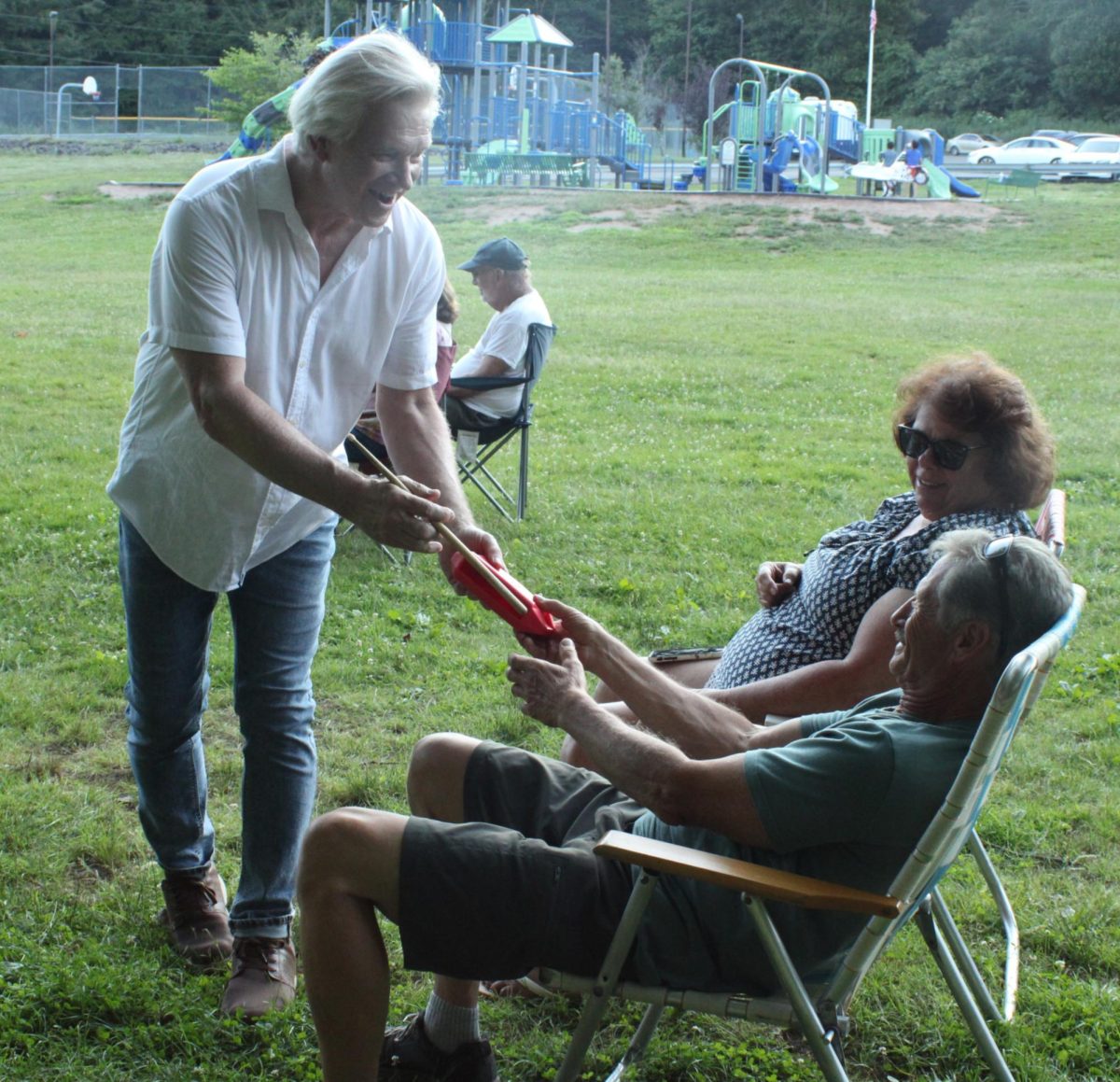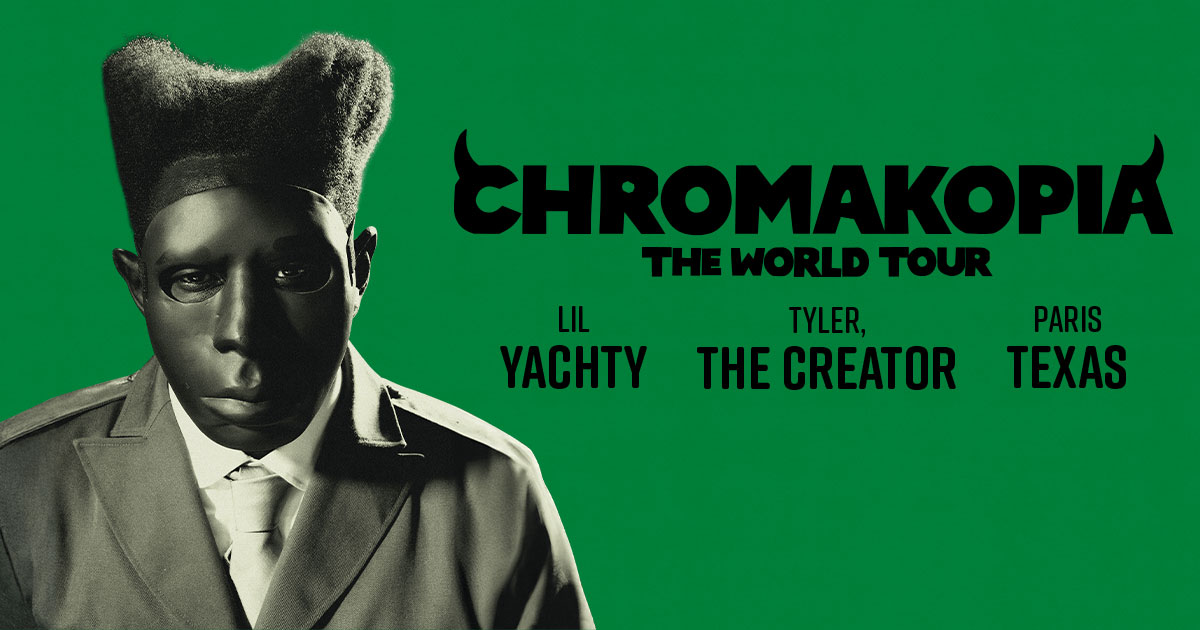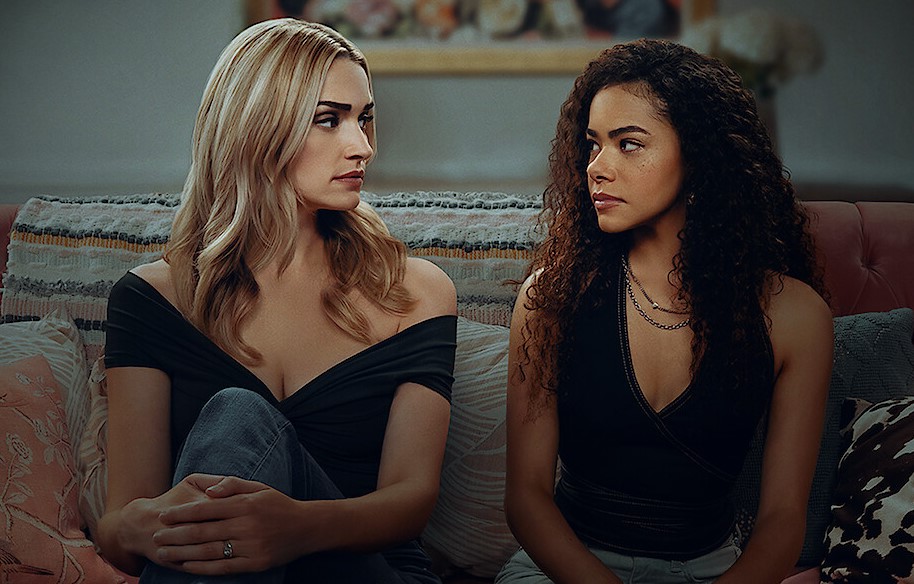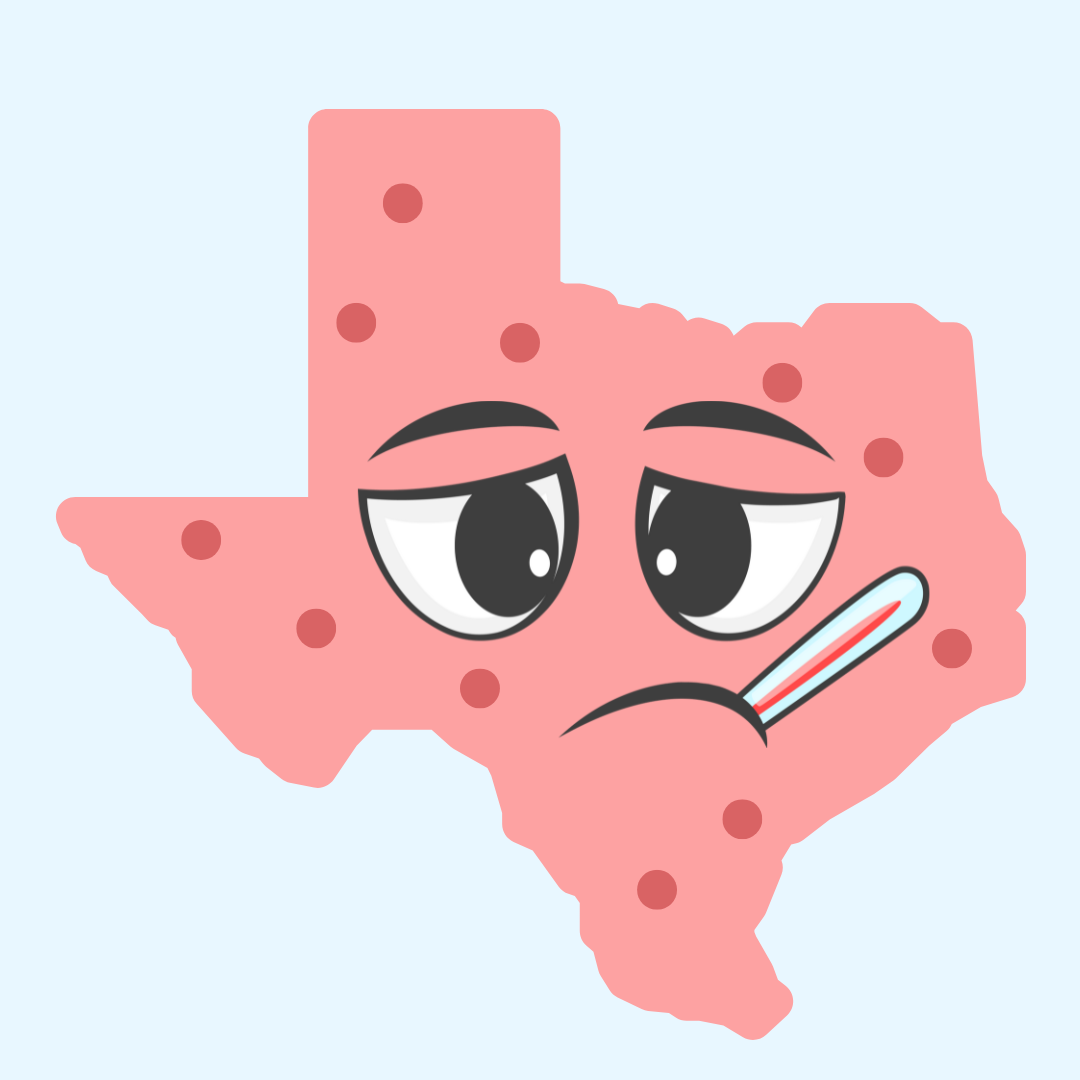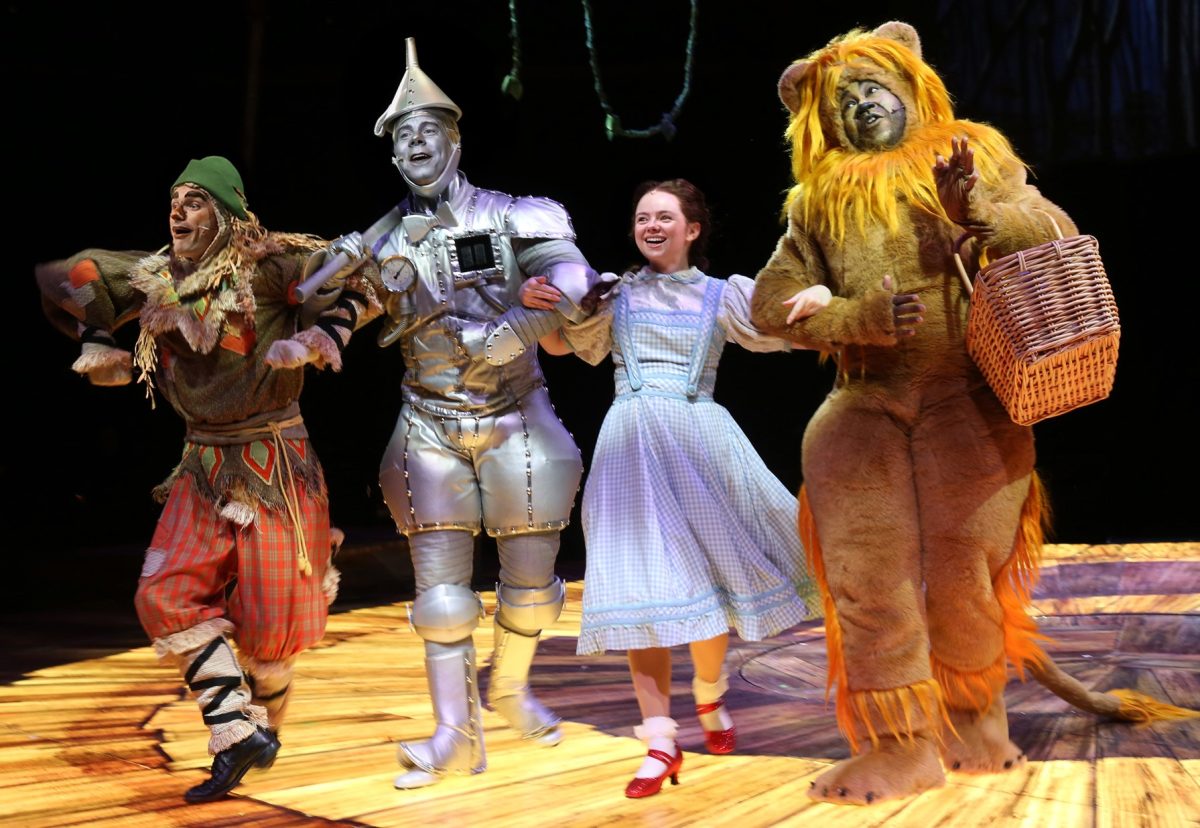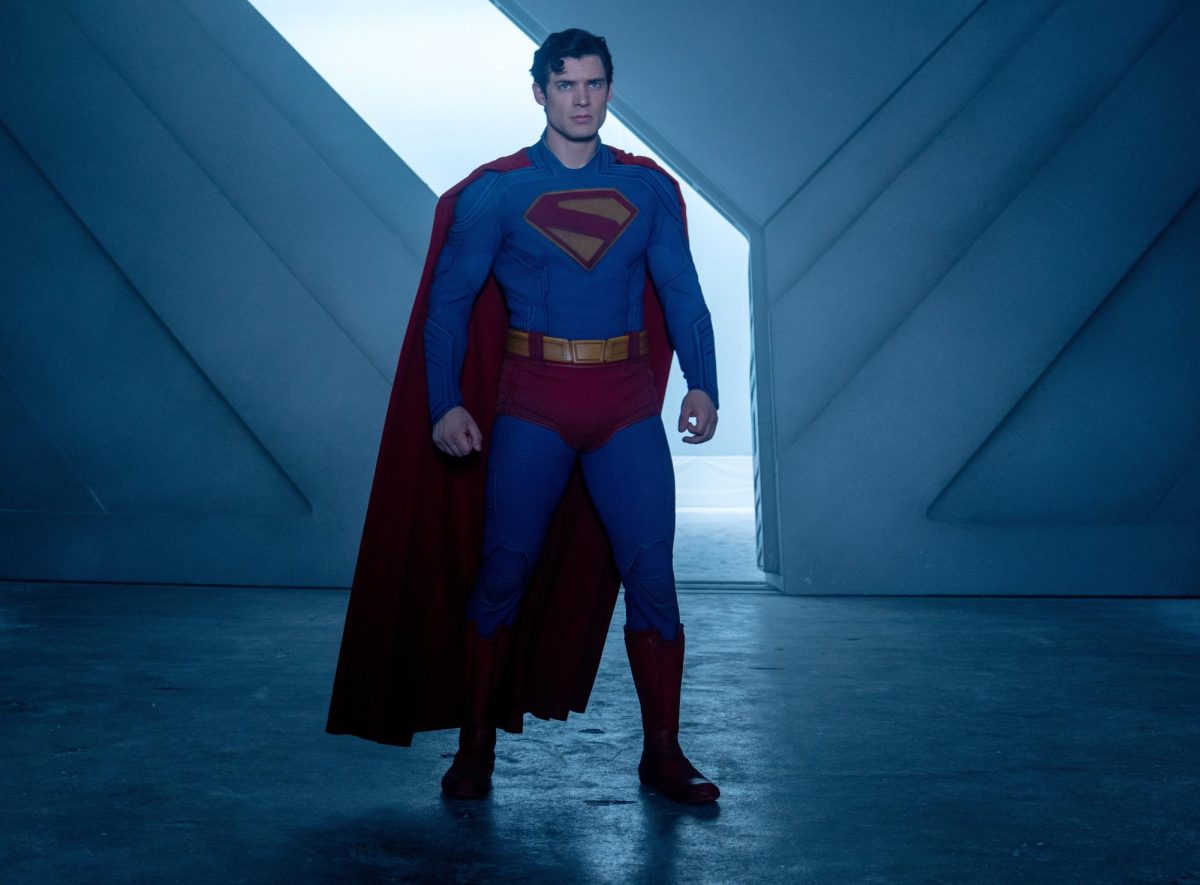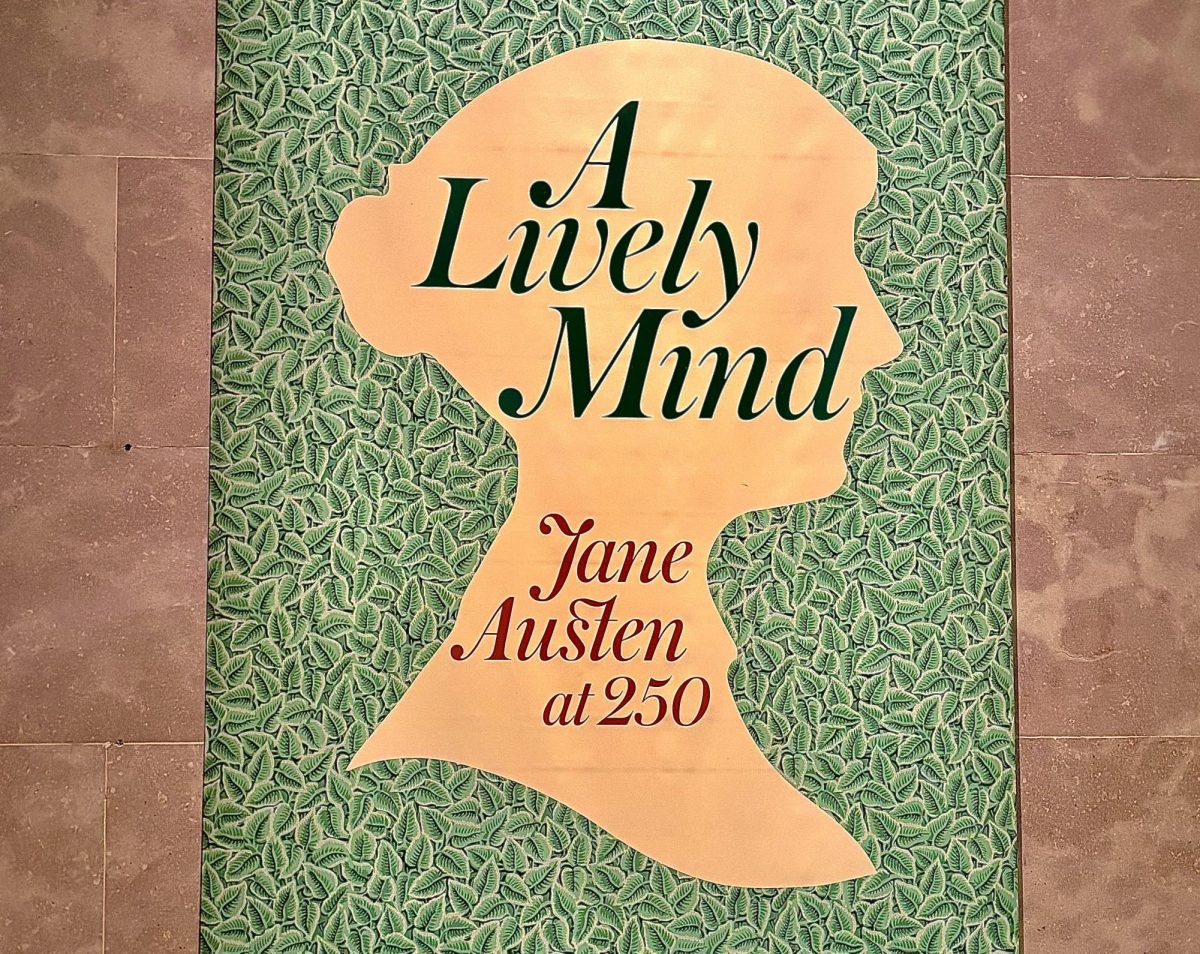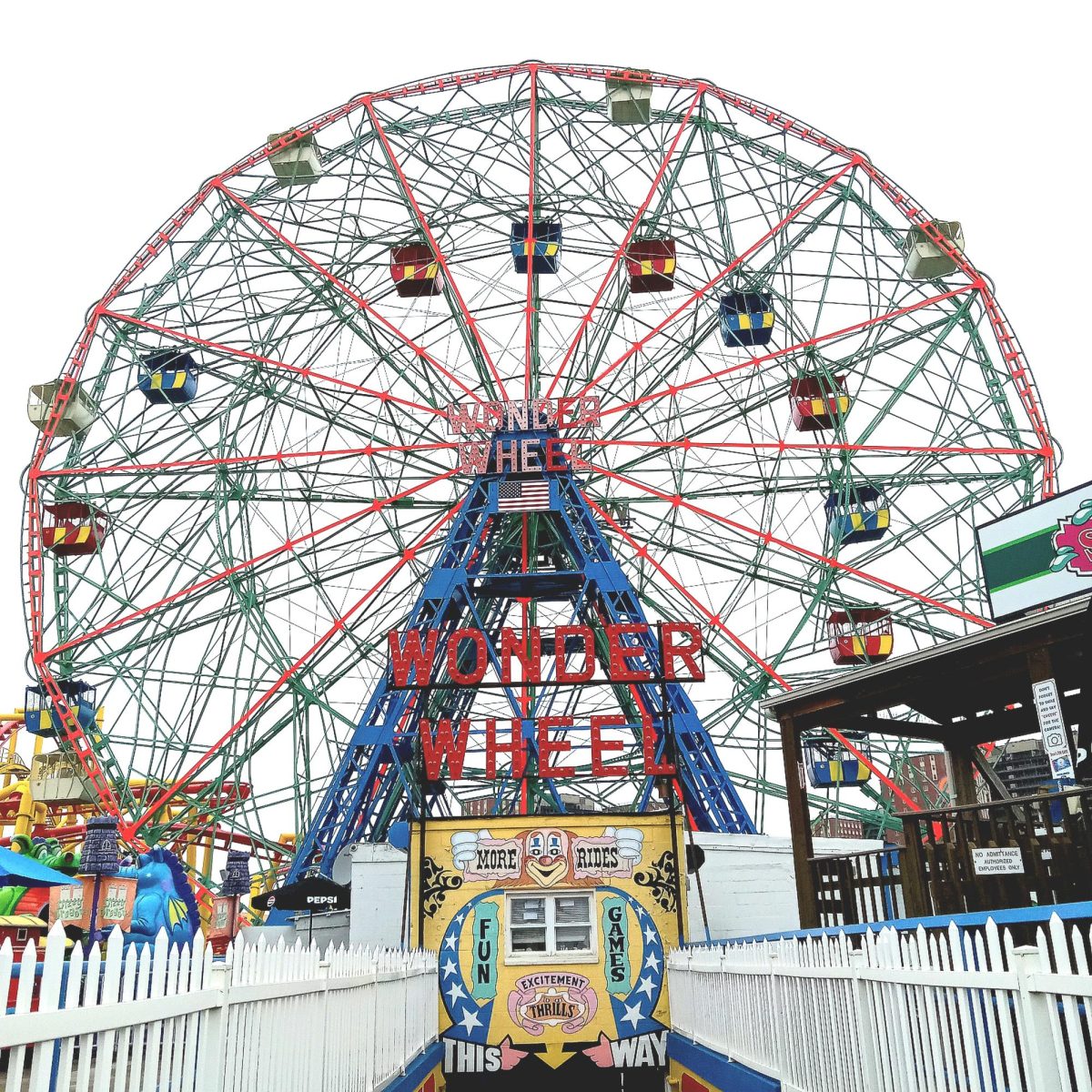“The Curie Society”: The first all-female STEM graphic novel
Authors Heather Einhorn and Adam Staffaroni reveal how women in STEM helped propel their series to success
August 29, 2021
Heather Einhorn and Adam Staffaroni, of Einhorn’s Epic Production (EEP), published “The Curie Society” this spring in partnership with MIT Press. The book is full of firsts. Not only is it the first graphic novel project for EEP, but it is also the first action-adventure graphic novel published by MIT Press. Most significantly, it is the first graphic novel to feature female characters using STEM.
Einhorn and Staffaroni got the idea for an all female STEM crew at the San Diego Comic Con, while attending a session about female representations of STEM characters in media.
“Somebody asked how can we get more female representation for STEM characters in the media,” said Einhorn. “Another person said, ‘I have a really good idea. Why don’t we make the woman a head of a lab like Q from James Bond, but it is a lady?’ Another person said, ‘I have an even better idea: Why don’t we have two women together in the lab?’ Can you believe it, two whole women together. The entire room started clapping and were amazed by this idea.”
As two writers and graphic novel enthusiasts, they decided to make that concept a reality.
“Adam and I left that panel and we looked at each other and we were like, well if the bar is two, then what if the entire story was about an entire lab that was just women working together in a team environment?” said Einhorn.
Before even starting to write the graphic novel, both authors conducted research to learn what scientists were working on, what was happening in the science field, and what was exciting.
“We tried to work as many of those concepts into the story as possible,” said Staffaroni.
The research process was quite involved as a team of 20 working female scientists advised on the various STEM elements in the book.
“It is not pure science fiction. It is what we call near-term science fiction, so that would be something that could conceivably be scientifically possible in the next 10, 20, or 30 years,” said Staffaroni.
Making the science real was a new task for the authors. Einhorn said that they can usually just incorporate different science-fiction elements into their stories. In “The Curie Society,” the authors had to break down real scientific concepts in detail.
“That’s not something that we had done before, so it was a fun challenge but definitely a challenge,” said Einhorn.
Talking with female scientists also gave the authors plenty of inspiration as they developed complex female characters. Staffaroni said most female characters in media are women who are smart– that is their sole character trait. Since Einhorn and Staffaroni started out with a whole cast of smart women, they had to give their characters’s more depth and make sure they were not relying on stereotypes.
Their book has been well-received — especially by other women.
“The most common fact that we get is ‘I wish I had this book earlier, or when I was a kid,’ or ‘This book has shown me that I can pursue a STEM career when I didn’t think I could,’ ” said Einhorn.
A key element in “The Curie Society” is female mentorship. Throughout the novel, young, aspiring female scientists are mentored by scientists who are already established. The authors say this is the theme that resonated most with readers.
“One reader said she got teary eyed reading about the female mentorship in the book,” said Staffaroni. “The fact that the established female scientists wanted to help the younger scientists as much as possible.”
“The Curie Society” story is not finished yet. Two more books have been green-lighted and are in the works.
— Aug. 29, 2021 —

